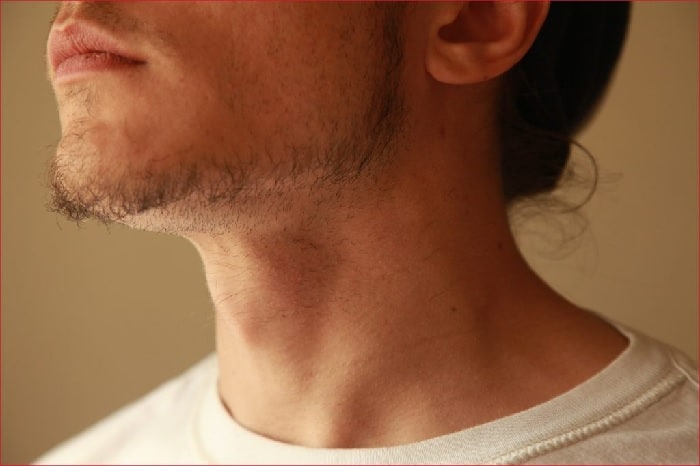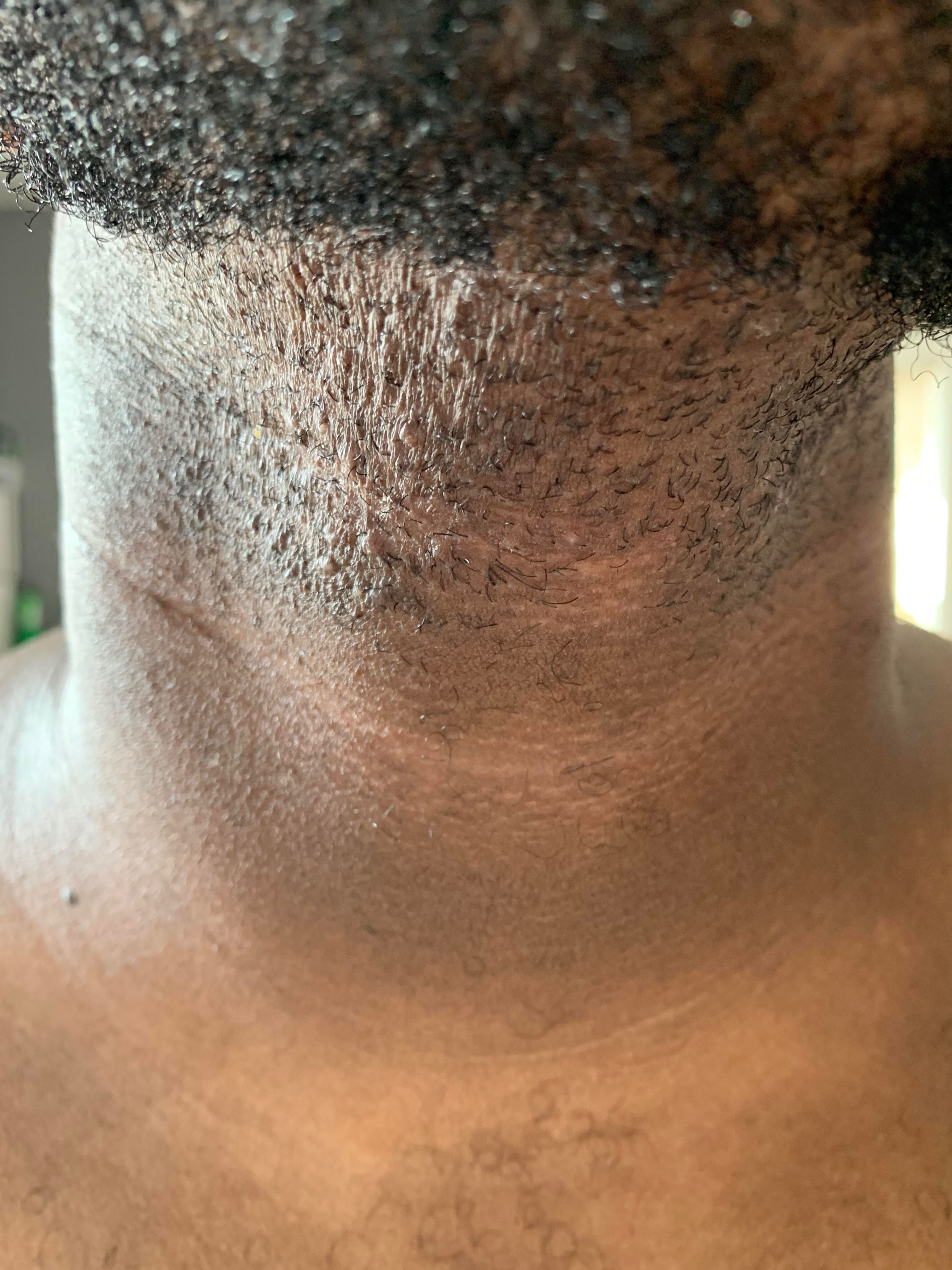Ingrown Facial Hair: Cyst, Bump, Deep Infection, Causes, Removal, Cream, Prevention, Treatment, Remedies
Table Of Content
- How do you identify an ingrown hair cyst?
- The Ultimate Guide to Beards and Ingrown Hairs
- Which hair removal lasts longest for tummy hair?
- Things you can do to treat and prevent ingrown hairs
- How can I remove hair from my stomach naturally?
- How to Handle: Ingrown Hair on the Face
- Do we need to worry about ingrown hair on the tummy?

Gently lift the hair loop until one end releases from your skin. Exfoliating your skin removes a dead layer of skin cells and helps release ingrown hairs. Use warm — not hot — water and small, circular motions to wash your affected areas with a washcloth, exfoliating brush or exfoliating gel or scrub.
How do you identify an ingrown hair cyst?
Read this article for more helpful information on seborrheic dermatitis. If it doesn't respond to over the counter treatments, don't hesitate to see a medical professional. We're here to help you keep on growing, but don't wait to turn to an expert for advanced skin health questions if you need to. Keep it clean by gently washing it every day and DO NOT TOUCH IT OTHERWISE.
The Ultimate Guide to Beards and Ingrown Hairs
Well, jojoba has some naturally occurring iodine in it, which is excellent at preventing inflammation topically. We recommend a light jojoba oil-based beard oil to be used right after you shower or wash your face (to seal in the moisture). What has essentially happened, is that you cut the hair too close from the edge of the skin, and now the strand didn’t manage to find its way out anymore. Eventually that wild hair will be easier to pull from the skin. However, this doesn’t mean you don’t want it gone, along with the pain, itchiness and redness.
Which hair removal lasts longest for tummy hair?
If you can't go that long without removing your hair and other self-care techniques aren't helping, your health care provider might recommend medications, laser-assisted hair removal or both. If your symptoms don’t improve, your healthcare provider may need to prescribe medications that decrease inflammation and improve infections. If you exfoliate too often, you will strip away the natural moisturizing sebum oils that are necessary for healthy beard growth. If you shave your face frequently, then consider exfoliating shortly after. Another benefit is that massaging the exfoliating scrub into your skin also teases out the hairs into their natural growth direction. If for example one of your beard hairs was about to start growing against the skin, the light massage and exfoliation can loosen it up and allow it to grow normally.
How to prevent and get rid of ingrown hairs, according to experts - CNN Underscored
How to prevent and get rid of ingrown hairs, according to experts.
Posted: Tue, 31 May 2022 07:00:00 GMT [source]
A hair becomes ingrown if it grows back into your skin while being outside of its hair follicle. The curlier the hair, the more likely it is to become ingrown. A hair can curve back into your skin as it grows out and become trapped under your skin. So, wearing tight clothing such as leggings and jeans can contribute. Staphylococcus (staph) infections can occur with an ingrown hair. Staph is typically present in your skin flora, but it can’t cause an infection unless it enters a break in the skin.
How can I remove hair from my stomach naturally?
An ingrown hair can also form when the hair strands fail to protrude the skin thus growing sideways underneath the skin. Waxing is not something you want to try if you’re hoping to avoid ingrown hairs, according to Dr. Weinberg. “With waxing, you’re certainly going to have more of a problem. Hair removal methods that don’t require shaving are less likely to result in ingrown hairs, but they don’t necessarily get rid of the problem entirely. If you’re prone to getting ingrown hairs, you may still be at mild risk even with some of these methods.

They typically heal within a week or two, but sometimes they may stick around for as long as one to six months, according to Mayo Clinic. Herpes, on the other hand, is very painful (and usually a sharp pain). "It’s a raised, sort of blistery type of lesion that has a red base and hurts like crazy, especially if it’s the first time you’re getting one," Dr. Dweck says. A herpes lesion can also feel tingly at times because it could be irritating your nerves. In cases of refractory folliculitis barbae, pustule and nasal cavity swabs may be necessary to determine bacterial culture/drug resistance and/or other potential aetiologies.
As the hair matures, it exits the skin’s surface and continues to grow. But sometimes, the hair grows crooked or curls back under before it has a chance to exit the skin. Imagine a rebellious pimple decided to crash your beard party. These little annoyances often manifest as small, red bumps on your skin, much like a pimple. But the twist here is that they often house a trapped hair beneath the skin.
Do all of those things, and you’ll be much happier in the shaving department. Like we mentioned above - no beardsmen is completely immune to ingrown hairs unless he gets permanent hair removal (more on that here). It’s a common misconception that shaving against the grain is the best practice for your beard and neck. Shaving against the grain gets you a closer shave, but it also shaves the hair so close to the skin that it can get caught in the pore. Shave in the direction your hair is growing in order to alleviate that risk and keep irritated skin to a minimum. You’re here for a reason - you need to learn about ingrown hairs.
If you shave often, you're more likely to have ingrown hairs. You're also more likely to have them if you have skin of color or your hair is thick, coarse, or curly. Curly hair is more likely to bend back and reenter your skin, especially after it's been shaved or cut. Ingrown beard hairs are tiny, mildly painful pimples from recently-shaved hairs that curve and grow back into your skin. This happens most often in black men with very curly hair. Women who shave their bikini area may get the same kinds of pimples from ingrown hairs.
Vinnie is one of the members of the Beardoholic writers team. He’s also a barber and hairstylist for 15 years now and he has a kick-ass beard of his own, so he surely knows what makes a magnificent beard and hair and how to achieve them. He’s our go-to guy for all the latest beard and hairstyle trends and he always has a tip or two on how to grow and style a thick beard fast.
If your family tree includes members with a history of ingrown hairs, you might be more prone to them. Those with curly or coarse hair are more susceptible, as the hair naturally curls back towards the skin. It’s so common that it even has a fancy name — Pseudofolliculitis barbae.
If you have a beard dandruff issue that isn't going away no matter how much you condition and exfoliate, you may have seborrheic dermatitis. While there are over the counter treatments available, don't hesitate to seek out medical advice from an industry professional if they don't work out for you. If your skin is especially dry around your neck and beard, you may want to amp up the conditioning product a bit to be more assertive with your skincare. Utility Balm is made with waxy substances that are more effective at sitting on the skin longer, which deepens the conditioning effect of the balm on the skin. It occurs more often in people with curly hair, because the curl of the hair facilitates the sharp pointed end of a recently cut hair in piercing the nearby skin as it grows back. This problem is more prevalent in men of African ancestry than among Caucasian men.

There are also situations where the hair will continue growing under your skin. In this case, Dr. Bullard suggests seeing a dermatologist. If your infection is mild or infrequent, you may be able to use home remedies. If infections recur or are severe, you may need medical treatment.
Comments
Post a Comment